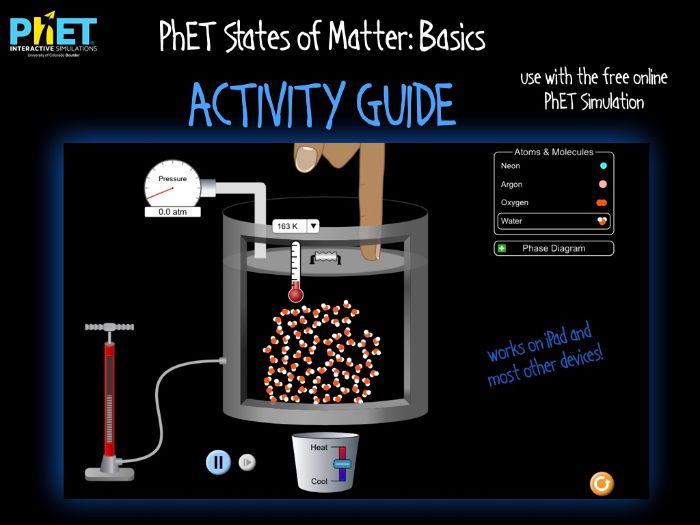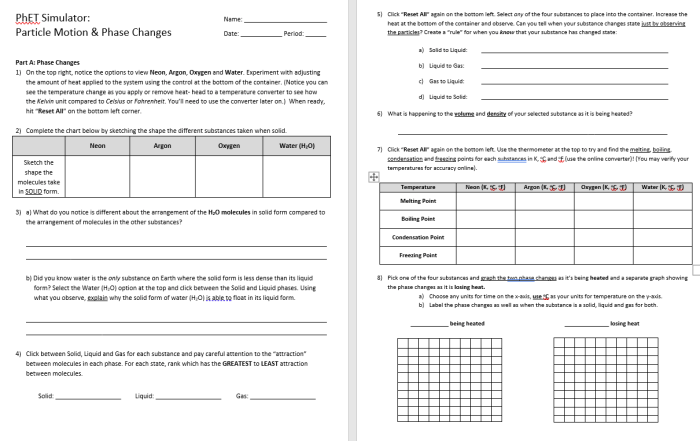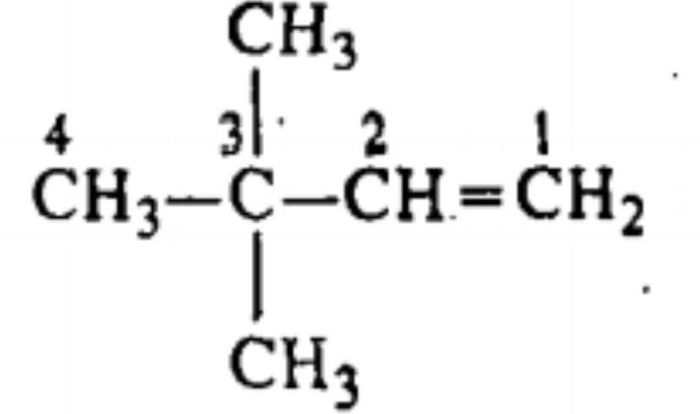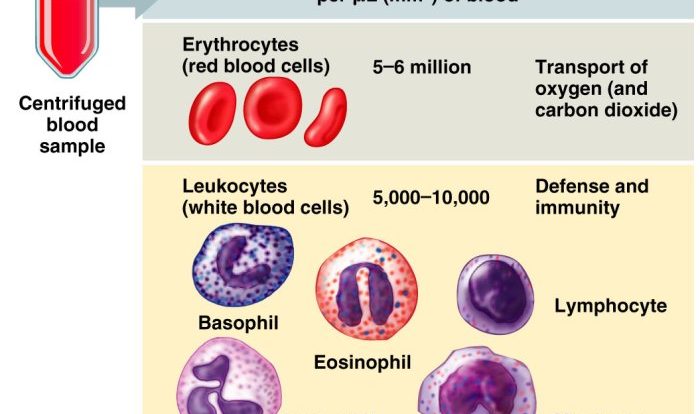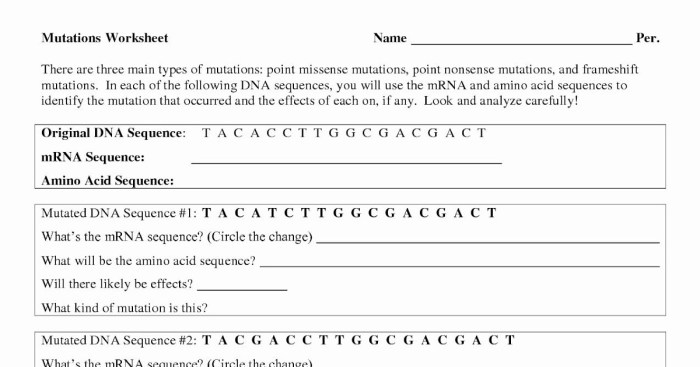Embark on a captivating journey into the realm of matter as we unveil the States of Matter Simulation Lab Answer Key. This comprehensive guide serves as a beacon of knowledge, illuminating the fundamental properties and transformative states of matter. Delve into a world where solids, liquids, gases, and plasma dance before your eyes, revealing their unique characteristics and real-world applications.
Through a meticulously designed simulation lab, you will witness firsthand the dynamic transformations of matter, gaining invaluable insights into its behavior. Our step-by-step instructions and meticulously crafted data tables will empower you to analyze and interpret your observations, drawing profound conclusions about the nature of matter itself.
Matter Properties and States
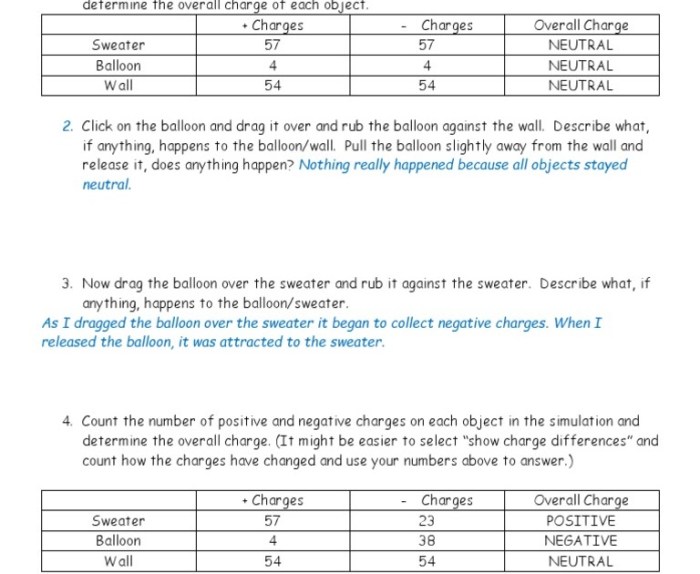
Matter exists in various states, each with unique properties and characteristics. These states include solid, liquid, gas, and plasma.
Solids have a definite shape and volume. The particles in solids are closely packed together and have a fixed position. Examples of solids include ice, rock, and metal.
Liquids have a definite volume but no definite shape. The particles in liquids are closely packed but can move around each other. Examples of liquids include water, oil, and milk.
Gases have no definite shape or volume. The particles in gases are far apart and move freely. Examples of gases include air, hydrogen, and helium.
Plasma is a superheated state of matter in which the electrons are separated from the atoms. Plasma is often found in stars and other high-energy environments.
States of Matter Simulation Lab
Objective:To demonstrate the different states of matter and their properties.
Materials:
- Ice
- Water
- Air
- Heat source (e.g., stove, hot plate)
- Container for each substance
Procedure:
- Place the ice in one container, the water in another container, and the air in a third container.
- Heat the ice until it melts.
- Heat the water until it boils.
- Observe the changes that occur in each substance.
Observations and Data:
| Substance | Initial State | Final State | Observations |
|---|---|---|---|
| Ice | Solid | Liquid | The ice melted and turned into water. |
| Water | Liquid | Gas | The water boiled and turned into steam. |
| Air | Gas | Gas | The air did not change state. |
Data Analysis and Interpretation, States of matter simulation lab answer key
The data collected from the simulation demonstrates the different properties of the three states of matter. Solids have a definite shape and volume, liquids have a definite volume but no definite shape, and gases have no definite shape or volume.
The simulation also shows that matter can change state when it is heated or cooled. When ice is heated, it melts and turns into water. When water is heated, it boils and turns into steam.
Real-World Applications
The states of matter have many real-world applications. For example, the solid state is used in construction, the liquid state is used in transportation, and the gas state is used in cooking.
Understanding the states of matter is important for many different fields, including science, engineering, and medicine.
Frequently Asked Questions: States Of Matter Simulation Lab Answer Key
What are the four fundamental states of matter?
Solid, liquid, gas, and plasma
How does temperature affect the state of matter?
Temperature changes can cause matter to transition between different states, such as from solid to liquid or liquid to gas.
What are some real-world applications of the states of matter?
The states of matter are essential for everyday processes such as cooking, refrigeration, and power generation.
